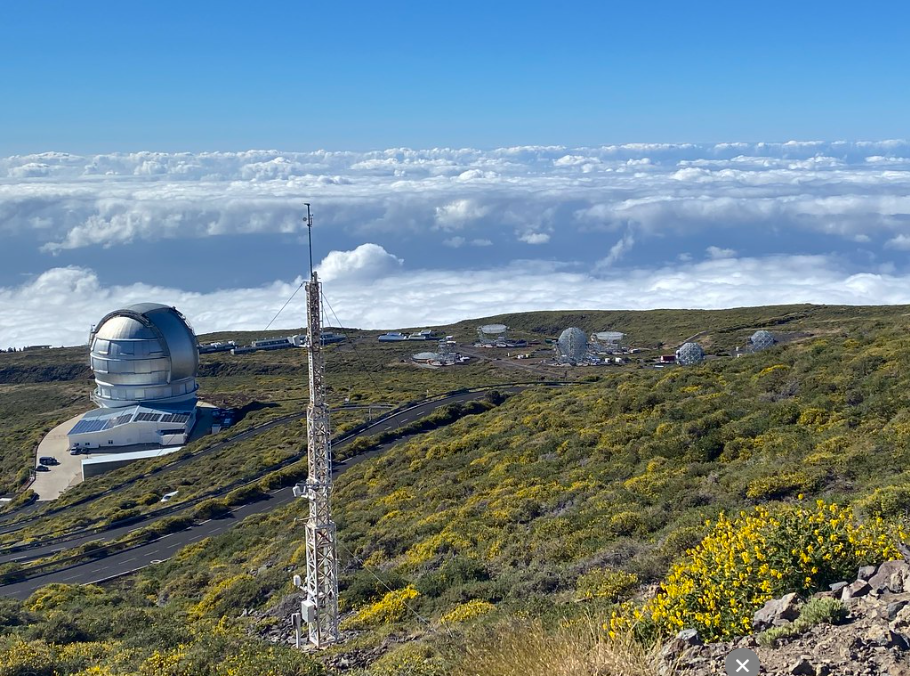
The Cherenkov Telescope Array Observatory (CTAO) is the next generation ground-based astrophysical observatory for very high-energy gamma rays (from 20 GeV up to 300 TeV) with about 100 telescopes located both in the Northern (La Palma, Canary Islands, Spain) and Southern hemispheres (Paranal, Atacama Desert, Chile). CTAO is a true global experiment, putting together over 31 countries and more than 200 institutes, and after its construction, it will be the biggest and most sensitive very high-energy gamma ray observatory to date.
The two sites will be made by telescopes of three different sizes covering an area respectively of 2 and 5 km2 . The Northern Site will be the smaller one and will focus on the low and middle energies (from 20 GeV to 20 TeV) and on extragalactic astrophysics with 4 Large Size Telescopes (LST, one of which has already been built and is operational at La Palma) and 15 Middle Size Telescopes (MST).
On the other hand, the Southern Site, with its rich central local galactic vision, will observe the entire energy spectra of CTAO and will be composed by 2 Large Size Telescopes (LST), 23 Middle Size Telescopes (MST) and about 60 Small Size Telescopes (SST).
The entire structure should be completed by 2025-26 and will be the reference observatory for gamma radiation from space, reaching energies inaccessible to such accelerators as the Large Hadron Collider.
CTAO will seek to understand the impact of very high-energy particles in the evolution of cosmic systems and to gain insights into the most extreme and unusual phenomena in the Universe, such as Gamma-Ray Bursts (GRB) or Active Galactic Nuclei (AGN). It will also search for annihilating dark matter particles and catching glimpses of possible deviations from Einstein’s theory of special relativity, even conducting a census of particle acceleration in the Universe.
Research at the CTAO will seek to address questions in and beyond astrophysics that fall under three major themes of study: understanding the origin and role of relativistic cosmic particles, probing extreme environments, and exploring frontiers in physics. To address these themes, CTAO will observe key targets like the Galactic Center, the Large Magellanic Cloud, the Galactic Plane, various galaxy clusters, cosmic ray PeVatrons, star-forming systems, active galactic nuclei, and more.

References



















































































































